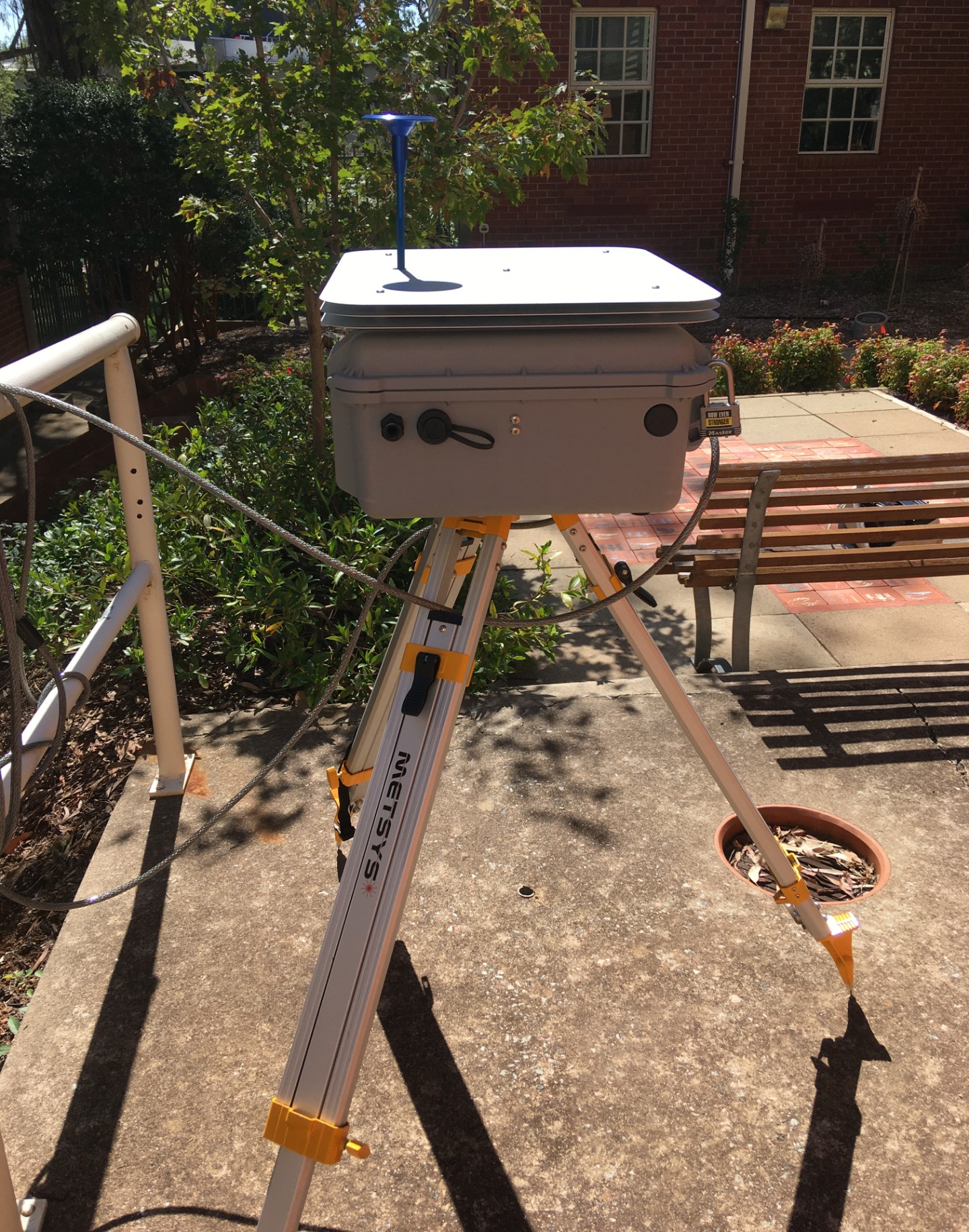Air Quality Monitoring Research Facility For Bushfire Emergency Response
The National Centre for Epidemiology and Population Health established an air quality monitoring research facility for bushfire emergency response, led by Prof Sotiris Vardoulakis and funded by the ANU College of Law, Governance and Policy.
Project status
Content navigation
About

The National Centre for Epidemiology and Population Health established an air quality monitoring research facility for bushfire emergency response, led by Prof Sotiris Vardoulakis and funded by the ANU College of Law, Governance and Policy.
This facility consists of two portable air pollution monitors (DustTrak DRX), which can monitor multiple fractions of airborne particulate matter (PM1, PM2.5, PM4, PM10) simultaneously in a variety of outdoor, domestic and occupational environments. They are complemented with additional monitors for other environmental variables such as carbon dioxide, formaldehyde, temperature, humidity.
These instruments can be rapidly deployed to monitor bushfire smoke as well as air pollution from other sources (road transport, domestic and industrial sources) at real-time. We now have the capability of collecting samples of smoke particles on filter media for laboratory analysis using a high-volume air sampler.
The instruments are currently deployed to assess differences between outdoor and indoor pollution levels in houses, apartments and offices in Canberra, ACT, during different seasons. These experiments will enable us to understand better the protective effect of staying indoors during episodes of smoke haze, and the trade-offs between exposure to particulate air pollution, carbon dioxide, temperature and humidity in different environments.
Air quality monitors (DustTrak DRX) in an office environment.
Other members
- Professor Sotiris Vardoulakis (Principal Investigator)
- Professor Simon Haberle
- Dr Ben Keaney
